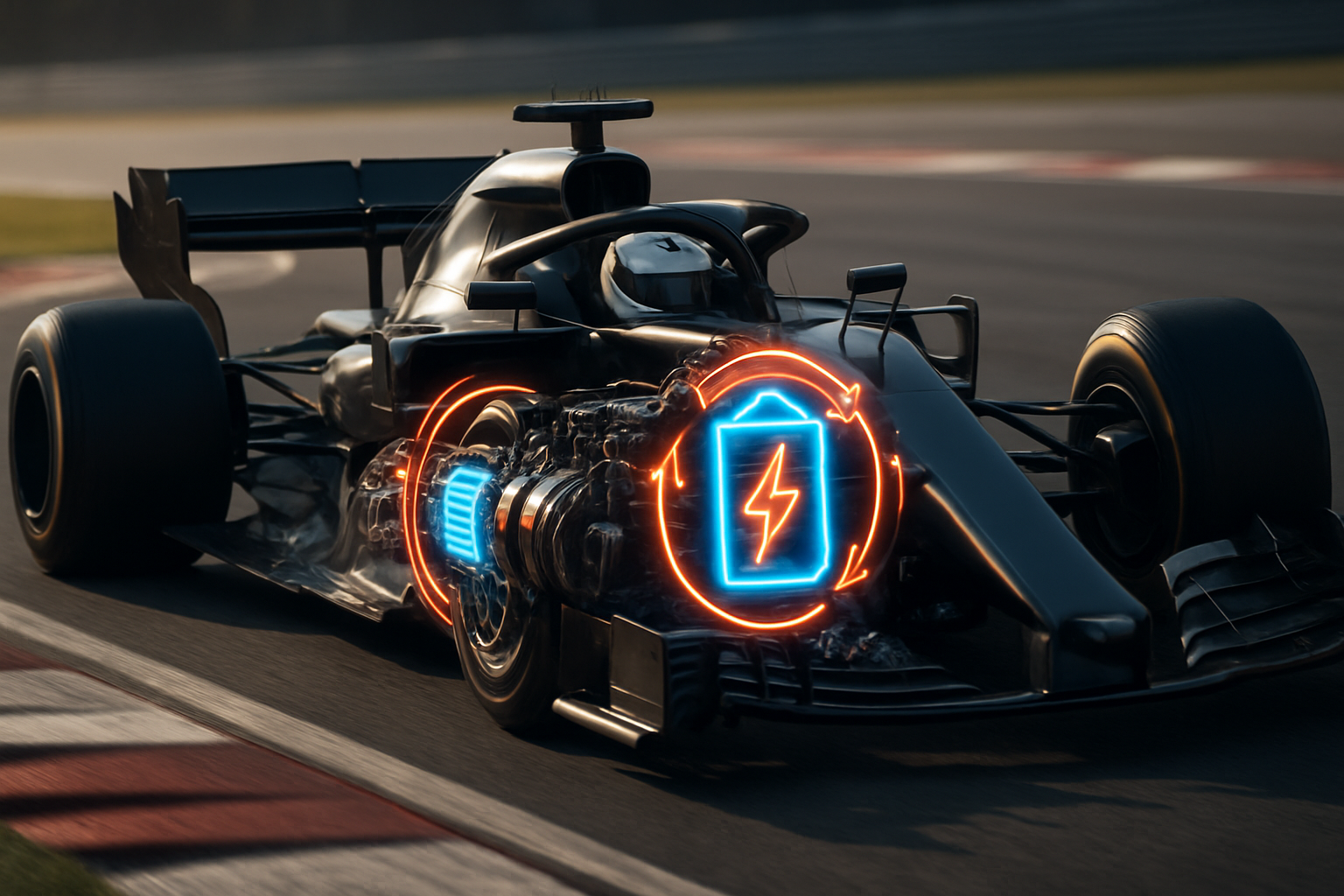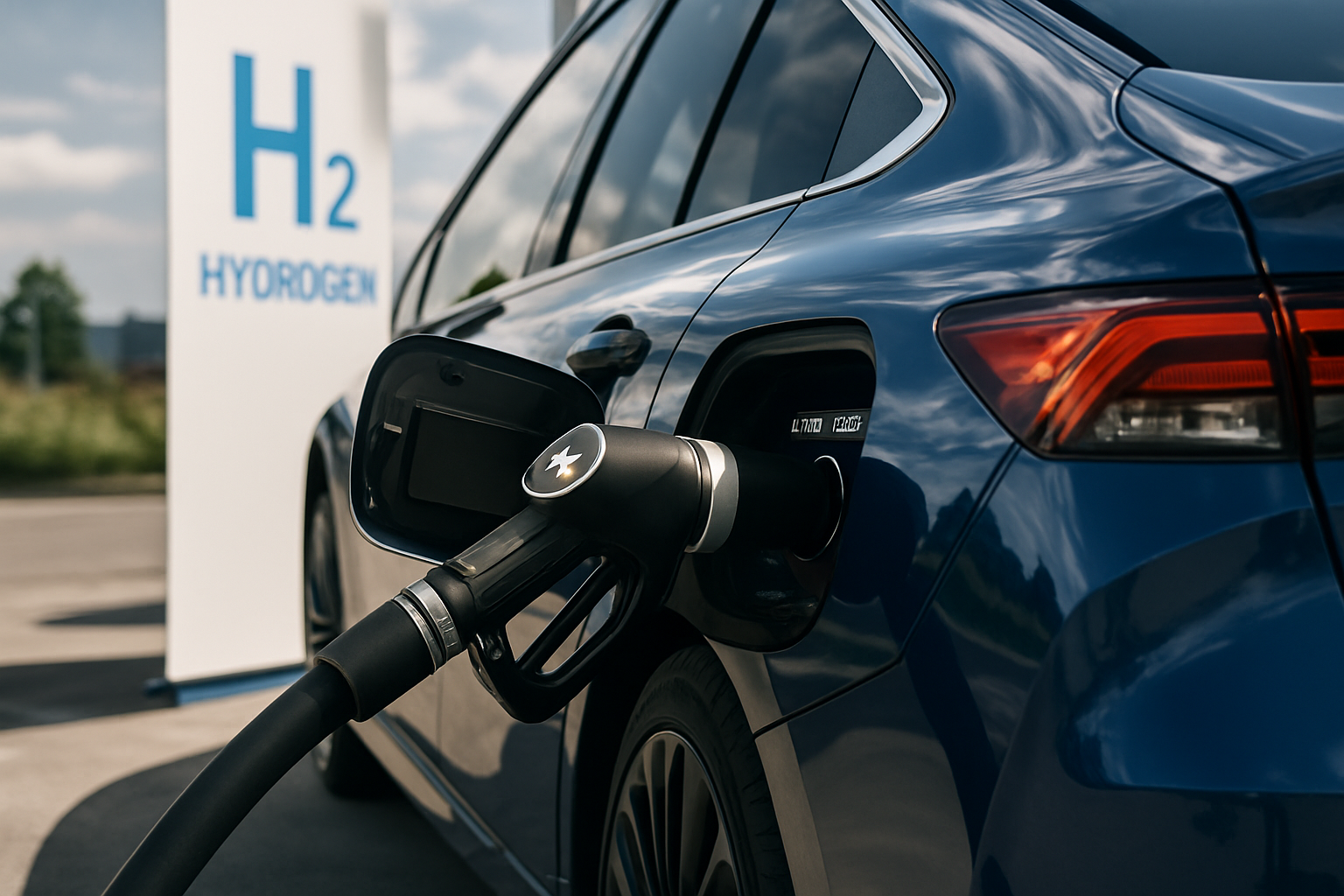Kinetic Energy Recovery Systems: Revolutionizing Motorsports and Beyond
In the high-octane world of motorsports, every fraction of a second counts. Enter Kinetic Energy Recovery Systems (KERS), a groundbreaking technology that's reshaping the landscape of racing and trickling down to everyday vehicles. This ingenious system harnesses the energy typically lost during braking, storing it for later use as an extra power boost. But KERS is more than just a performance enhancer; it's a glimpse into the future of automotive efficiency and sustainability.

The Origins of KERS: From Concept to Racetrack
KERS traces its roots back to the early 2000s when Formula 1 teams began exploring ways to improve energy efficiency and performance. The concept was simple: capture the kinetic energy usually dissipated as heat during braking and convert it into a usable form. This idea aligned perfectly with the sport’s push for more sustainable and technologically advanced racing.
In 2009, KERS made its official debut in Formula 1, marking a new era in motorsports technology. Initially, the system was met with mixed reactions due to its complexity and reliability issues. However, as teams refined their designs and drivers learned to harness its potential, KERS quickly became an indispensable tool in the racing arsenal.
The Science Behind KERS: Converting Waste to Power
At its core, KERS is an elegant solution to a fundamental problem in vehicle dynamics: energy waste. When a car decelerates, a significant amount of kinetic energy is typically lost as heat through the brakes. KERS captures this energy and stores it for later use.
There are several types of KERS, but the most common in motorsports are electrical and mechanical systems. Electrical KERS uses a motor-generator unit connected to the drivetrain. During braking, this unit acts as a generator, converting kinetic energy into electrical energy stored in a battery or supercapacitor. When activated, the stored energy is released back through the motor, providing an additional power boost.
Mechanical KERS, on the other hand, typically uses a flywheel to store rotational energy. As the vehicle decelerates, the flywheel spins up, storing kinetic energy. This energy can then be transferred back to the wheels when needed, providing an extra burst of acceleration.
KERS in Action: Transforming Racing Dynamics
The introduction of KERS has fundamentally altered racing strategies and driving techniques. Drivers must now carefully manage their energy reserves, deciding when to harvest energy and when to deploy it for maximum advantage. This adds a new layer of complexity to race tactics, requiring split-second decision-making and precise energy management.
In Formula 1, KERS can provide an additional 80 horsepower for up to 6.7 seconds per lap. This might seem small, but in a sport where races are often won by fractions of a second, it can make all the difference. The strategic use of KERS has led to more overtaking opportunities, increasing the excitement for spectators and challenging drivers to perfect their energy management skills.
Beyond the Racetrack: KERS in Consumer Vehicles
While KERS found its initial application in high-performance motorsports, its potential extends far beyond the racetrack. As automakers seek to improve fuel efficiency and reduce emissions, KERS technology is being adapted for use in consumer vehicles.
In passenger cars, KERS principles are being applied in the form of regenerative braking systems. These systems, commonly found in hybrid and electric vehicles, capture energy during deceleration and use it to recharge the vehicle’s battery. This not only improves overall energy efficiency but also extends the range of electric vehicles.
Some high-performance road cars have even begun to incorporate more advanced KERS-like systems. For example, certain supercars now feature electric boost functions that operate on similar principles to motorsport KERS, providing short bursts of additional power when needed.
The Future of KERS: Innovations and Challenges
As KERS technology continues to evolve, we’re seeing exciting innovations that could further expand its applications. One area of development is in improving energy storage systems. Advanced batteries and supercapacitors are being developed that can store and release energy more efficiently, potentially increasing the power and duration of KERS boosts.
Another promising avenue is the integration of KERS with other vehicle systems. For instance, combining KERS with advanced traction control could lead to more precise and efficient power delivery, further improving vehicle performance and stability.
However, the widespread adoption of KERS in consumer vehicles faces several challenges. The systems can be complex and expensive, potentially increasing vehicle costs. There are also concerns about the long-term reliability and maintenance requirements of these systems, particularly in everyday driving conditions.
Conclusion: KERS as a Catalyst for Automotive Innovation
Kinetic Energy Recovery Systems represent more than just a performance enhancement for racing cars. They embody a shift in thinking about energy use in vehicles, emphasizing efficiency and sustainability alongside performance. As KERS technology continues to evolve and find new applications, it’s likely to play an increasingly important role in shaping the future of automotive engineering.
From the high-speed world of Formula 1 to the daily commute, KERS and its derivatives are pushing the boundaries of what’s possible in automotive technology. As we look to a future where energy efficiency and performance must go hand in hand, KERS stands as a shining example of how innovative thinking can transform waste into power, one brake at a time.





